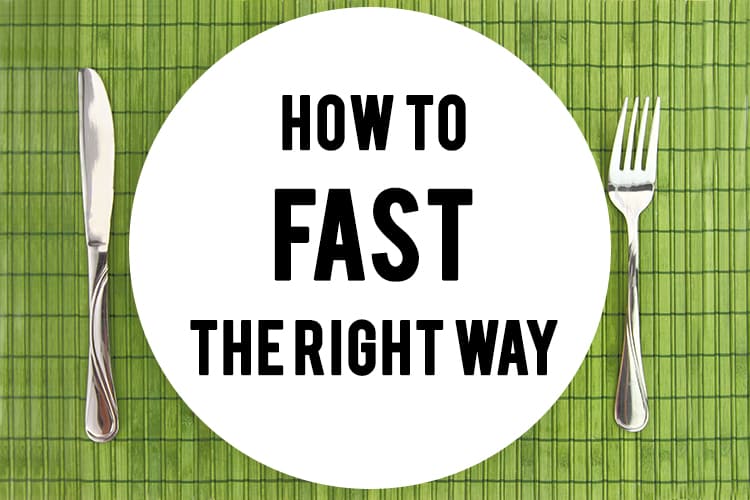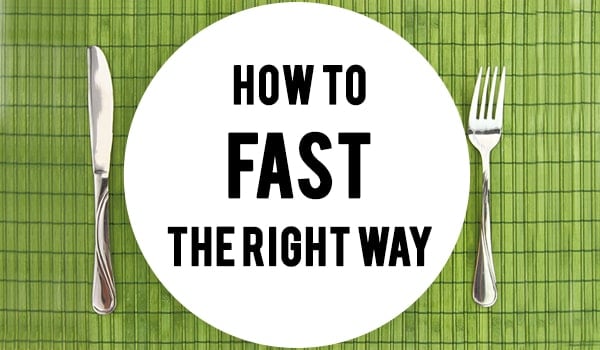Multiple medical studies have proven health benefits of fasting, including Harvard research on how intermittent fasting can increase lifespan. The University of Surrey has also proven the undeniable benefits of intermittent fasting for weight loss. However, one must never forget that fasting can also result in anemia, nutritional deficiencies that cause a variety of health issues, and death. The difference between the outcomes you get depends totally on the types of fasting diets you use.

Do All Types of Fasting Work?
Bear in mind that when used correctly and with a healthy well-balanced diet to provide you with nourishment on ‘eating days’, all fasting plans are effective. Therefore the choice which to pick depends on which of the options is most comfortable for you.
[Also Read: Intermittent Fasting]
The reason why all these plans work well is because all of them trigger ketosis, which is a state that changes your metabolism. At this state, your body will be drawing energy from ketones, the cells your body produces from its fat stores in order to make up for the lack of energy it usually draws from blood glucose. When you don’t eat and no glucose gets into the body, it naturally switches to ‘starvation mode’ and starts using its own stores to provide you with energy. That’s why fasting always leads to weight loss.
But in order to stop your body from dangerously depleting itself of essential nutrients, you will need a good ketogenic diet plan. As everyone’s reaction to fasting is different, you should consider trying out different types in order to see which works best for you. Remember that when you are eating, you should maintain a healthy diet rich with all essential nutrients.
Healthy Types of Fasting Plans and Tips for Using Them:
1. 16/8 or time-restricted eating:
Note that you can find these two types presented as individual plans, but they are basically the same. The point is to fast for a specific number of hours daily (16) and eat during the remaining 8. The fasting periods can start at 12 hours to get you more comfortable with the plan. The easiest way to implement this plan is to set your fasting periods for evenings and nights.
This plan is a good start of your ‘fasting career’ as a whole as it helps the body get used to it with as little stress as possible.
2. Alternate day fasting:
As the name states, this plan means you’ll only eat on alternate days. The good news is that you can enjoy whatever food you want. On the alternate fasting days, start with cutting your calories first, so your body can adjust. If complete fasting is beyond you, consider cutting to about 500 calories a day.
[sc:mediad]
3. Warrior diet:
Unlike other types of fasting plans this one doesn’t require you to give up food completely. The warrior diet entails living off nothing but fruits and veggies 2 meals a day with a well-balanced and filling dinner. It’s a great plan for summertime when fresh produce is abundant and affordable.
4. 5:2 diet:
The 5:2 diet is a ‘milder’ variation of the alternate day fasting plan. This diet allows you to eat your fill (within reason) for 5 days a week and go low-calorie (about 500 calories) for two days. It’s a good place to start if your body is completely unused to dieting.
Remember that types of fasting aren’t set in stone. You should always listen to your body and monitor your wellbeing. People suffering from any health conditions or those who take medications regularly shouldn’t make any drastic diet changes without consulting their doctor first.
And remember to always start slow. No matter how enthusiastic you are about the health benefits of fasting, your body will need time to adjust to the new routine. Pushing too hard too fast the start might harm your health.
